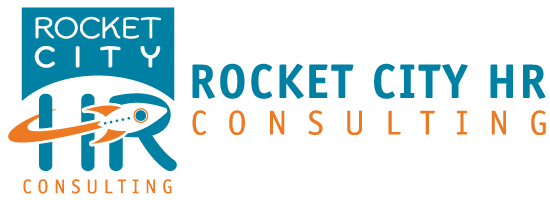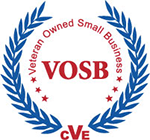In this tight labor market, recruiters are searching for new candidates, but what if employees who left during the “Great Resignation” want to come back? Every company needs to assess and be prepared to answer this question. These candidates are dubbed “Boomerang employees,” and there are some real benefits to rehiring them.
In this article we will talk about some of the benefits of rehiring, the issues that should be considered, the process for rehiring a candidate, the engagement needed to keep them in a candidate pool, and the main points to address in a rehire policy.
Benefits
Benefits of rehiring former employees.
- They already know the company and its culture. They know how they fit into the organization.
- The former employee knows your processes and computer systems, which would require less training.
- The rehire will bring newly learned skills and perspectives to the position.
- Expectations for the positions are already known.
- When senior and/or experienced employees leave, they take vital expertise and knowledge out the door and rehiring brings it back to the company.
- Since the former employee already understands the company a shorter onboarding process will be required.
- Bringing in a rehire will reduce recruiting costs for the position.
- This will boost the morale and engagement of other employees as they see their friends come back.
- The rehire will be more engaged and committed to the company, since they are returning voluntarily.
- Depending on the job, the company likely invested a lot of time and money in training the former employee and rehiring provides the opportunity to recapture that investment.
Issues
There are also issues with rehiring former employees that need to be addressed.
- The person might not be the best candidate for the position especially if the job has changed.
- Will the former employee still fit with the team and company culture; this is very important if your company has experienced significant changes since they left?
- The reason given for leaving the position needs to be assessed.
- The former employee could be unwilling to change the processes even if the procedures did change while they were away from the position.
- There might be a sense of entitlement to include expected perks, seniority from the original date of tenure, or increased bonuses.
- The former employee may have different job expectations like expecting to come into a higher-level position or a different work schedule.
- There is a retention concern since they already left once.
Rehire Candidate Process
Although a former employee is interested in your position, it is best to go through the interview process with them. By going through this process, you will be assessing their interest and ability for this position just as you would an unknown candidate.
- Ask specific questions about their reasons for leaving the first time and what they have learned since they left. If they were laid off, dig into how it made them feel and how they overcame those feelings, if those feelings were negative.
- If someone has been gone a while you will need to find out about new skills acquired or the infrequency of use of the required job skills.
- Find out about the former employee’s specific expectations about the job and the company.
- Get feedback from their former managers and co-workers.
Use this interview process to manage expectations. If you choose to hire a former employee, clearly communicate your reasons for doing so to the existing team. Also, brief the returning employee on the company’s current situation and set their expectations. If the person originally left for a specific reason, be sure that the situation has been addressed to avoid losing them a second time around. And finally, make sure to follow up regularly with the returning employee to make sure they are adjusting well.
Keep Former Employees in your Candidate Pool
If an employee leaves on good terms and they meet your rehire expectations. Your recruiting team should begin the process of adding them to the future candidate pool. This is a multi-step process of keeping them engaged with your company.
- During the exit interview communicate the rehire status and communicate the company would like to stay in touch.
- Make sure they are linked to the HR department or company social media.
- Do this by creating and then inviting former employees to join a former employee network on social media (Facebook or LinkedIn).
- After the former employee has been away from the company for a while
- Forward them job postings or message them asking them for referrals
- Reach out to see how they are doing at least once during the year
- If the former employee is open to job hunting
- Send them a job posting they would be eligible for.
- Reach out to them and see if they want to return.
This might not ensure you get the former employee back, but they know your company is still interested in them.
Rehire Policy
Now that we have discussed the pros and cons of rehiring former employees. Let us make sure you have a solid re-hire policy. The policy should have specific guidelines on when former employees can be considered for rehire (and can cite specific reasons for not rehiring, such as illegal behavior), and can even stipulate the number of job offers that can be made before the employee is no longer eligible for rehire consideration. For some of you, the place to start is by creating a Rehire policy whereas others just need a policy revamp.
Below is a brief list to help assess the former employees rehire status.
- The reason for leaving the company
- Voluntary – Resignation, company lay-offs, or contract expiration
- Involuntary – Termination breaking company policies/ illegal behavior, job abandonment; Termination for poor performance
- The performance ratings while working for the company.
- Were they ever on a performance plan?
The policy should also spell out eligibility rules for benefits and seniority.
Conclusion
Using former employees to fill open positions and keeping them in your candidate pool can be a great way to hire known entities. There are some definite rewards to hiring boomerang employees, but also some risks. Be sure to have a well-written, yet flexible Rehire Policy and to thoroughly reassess any candidate before rehiring them.
By Jodi Graves, SHRM-CP







